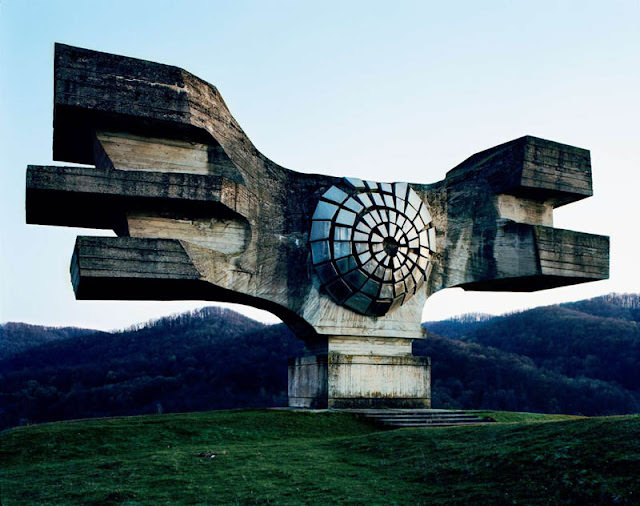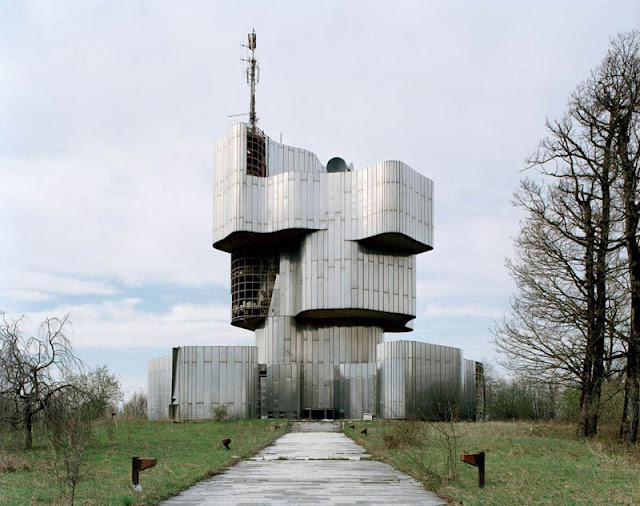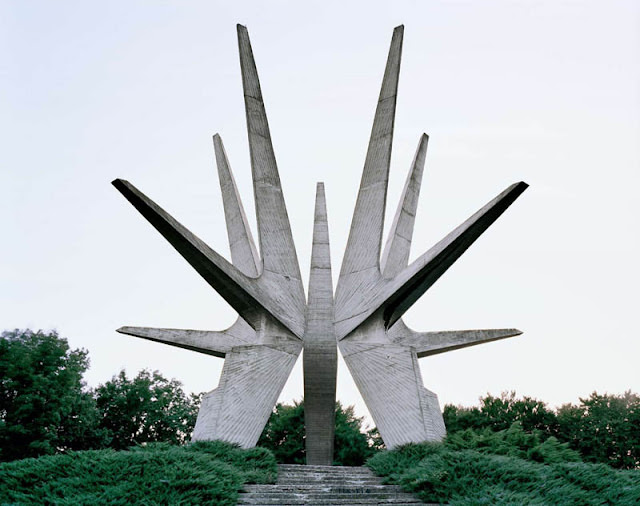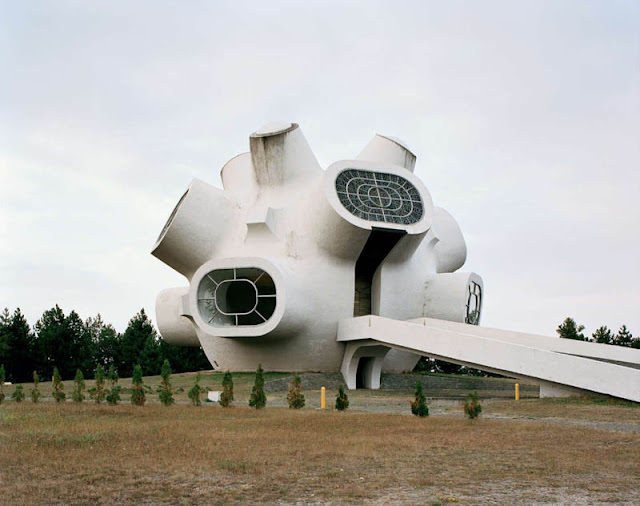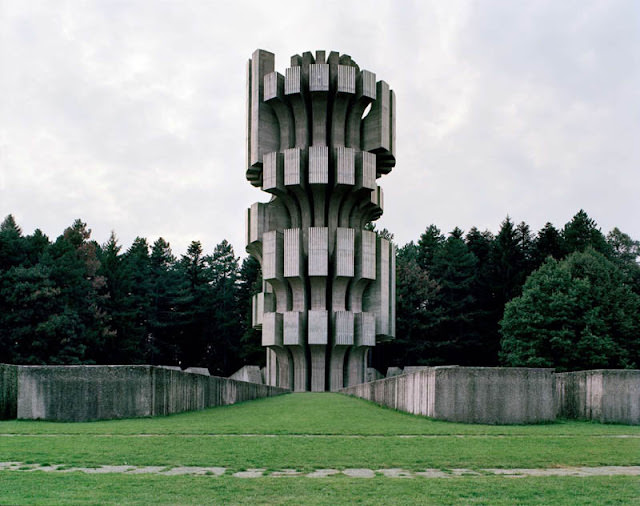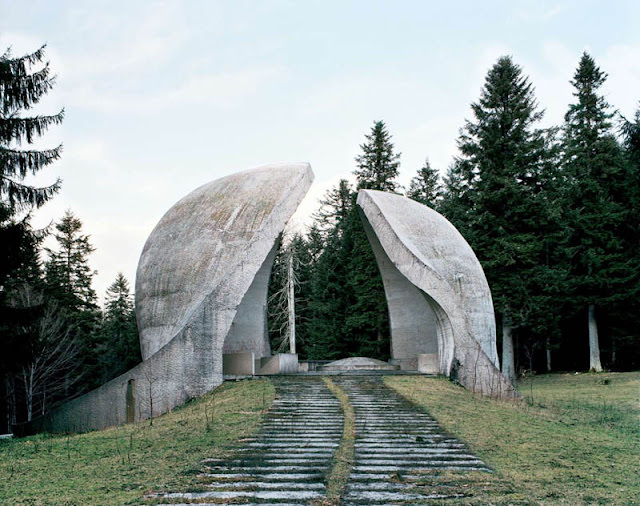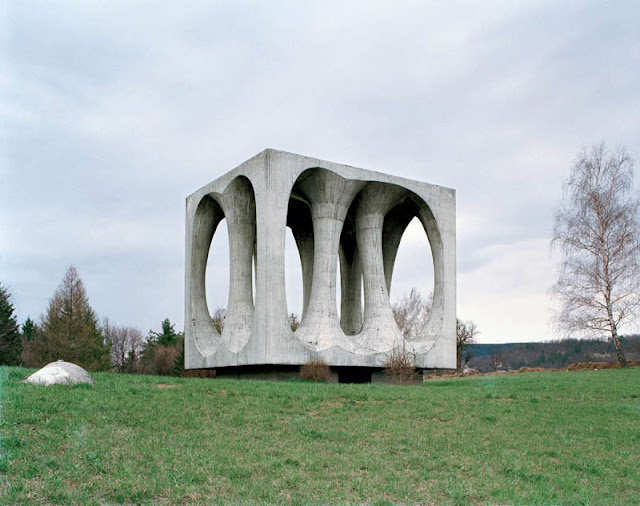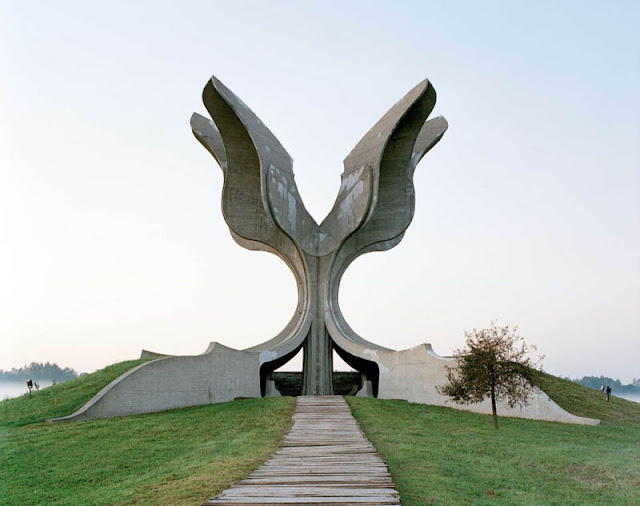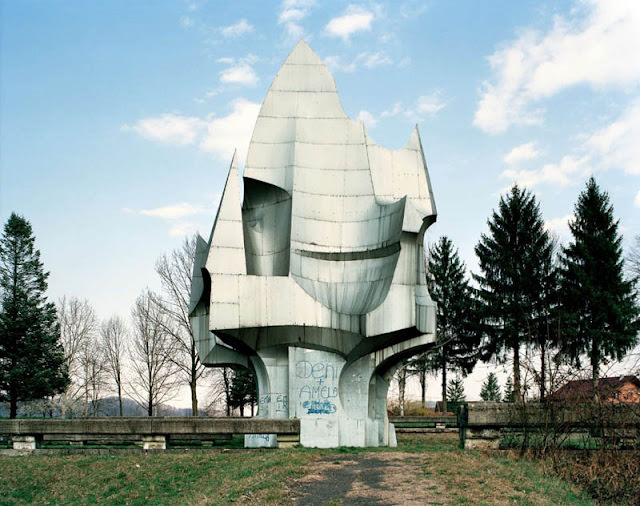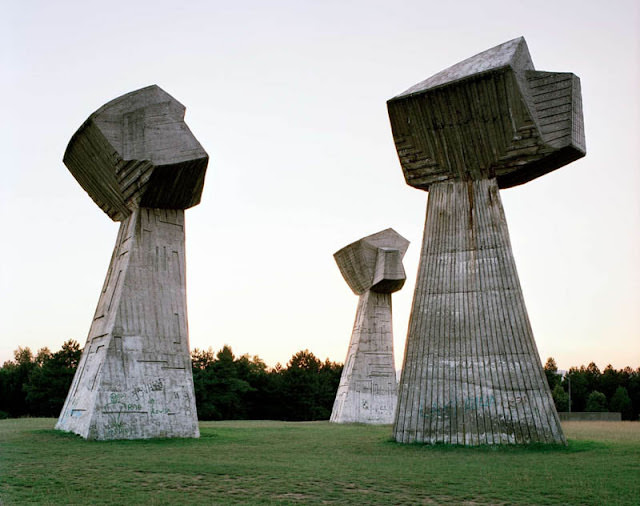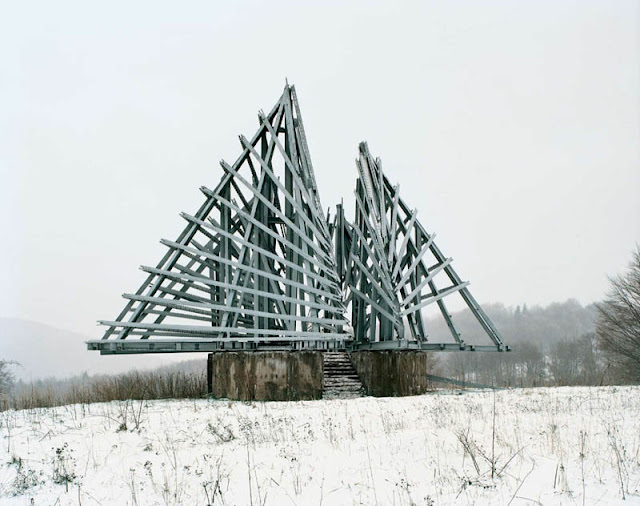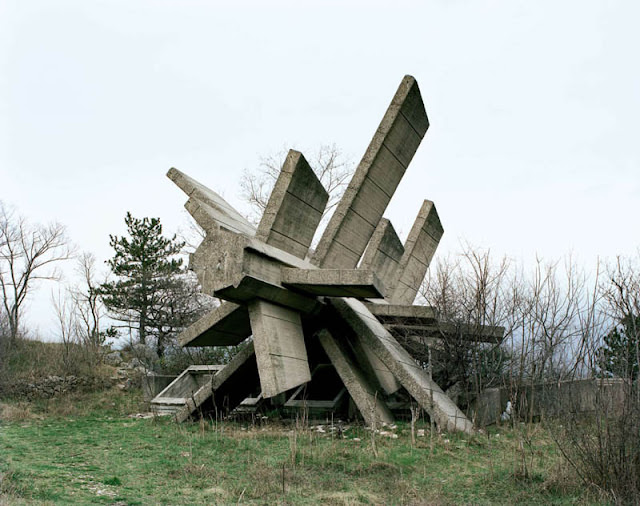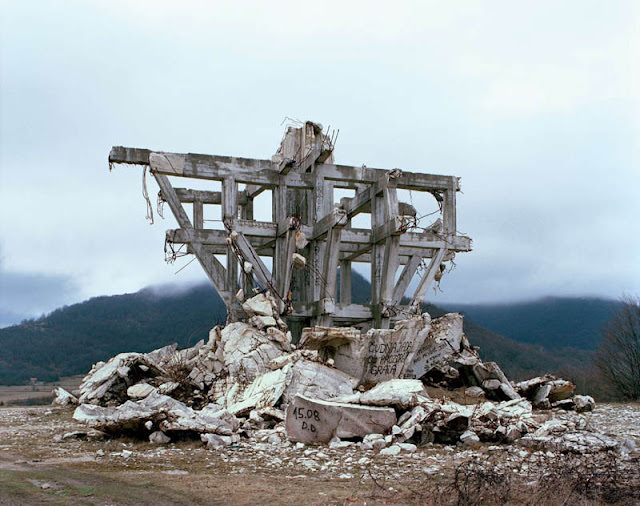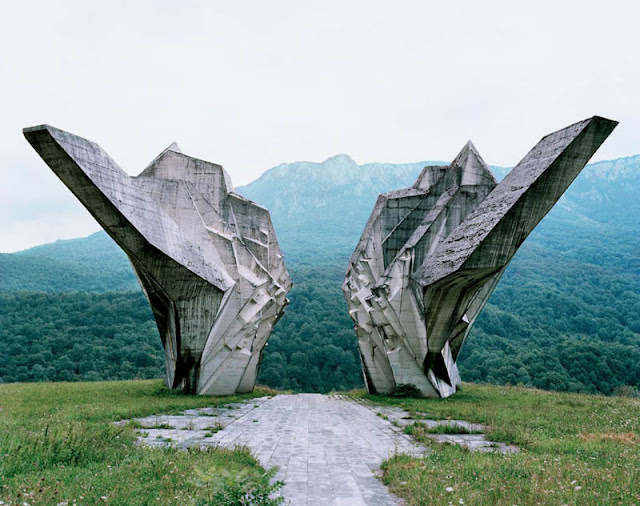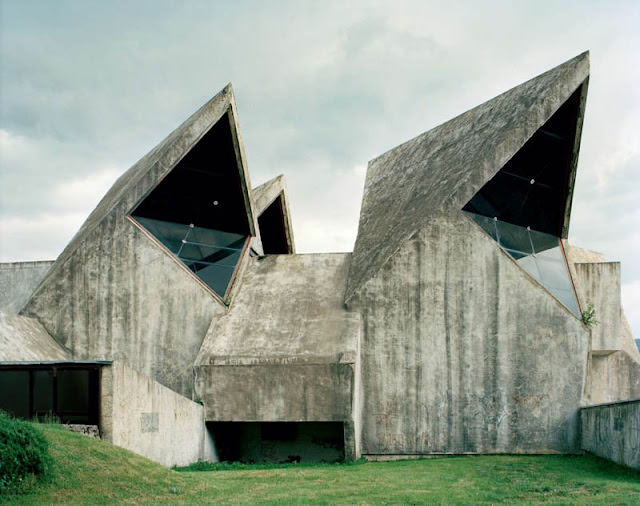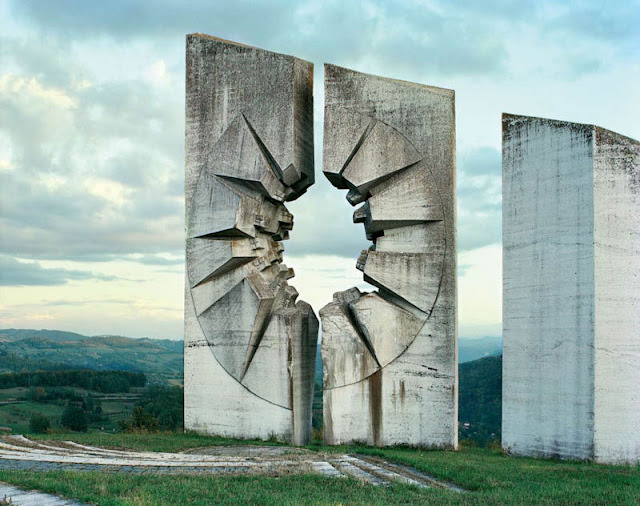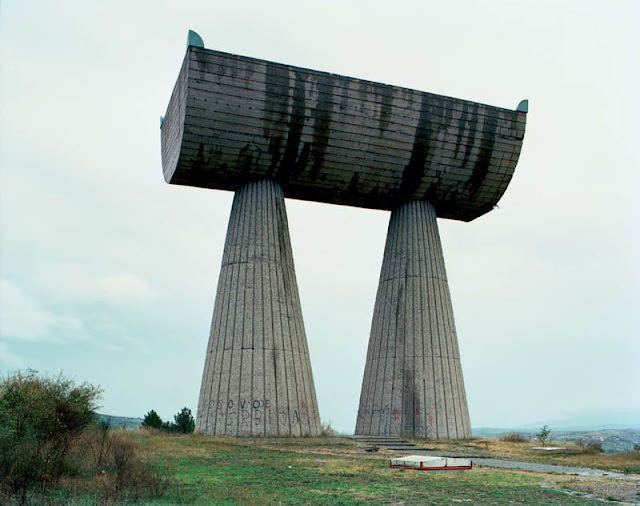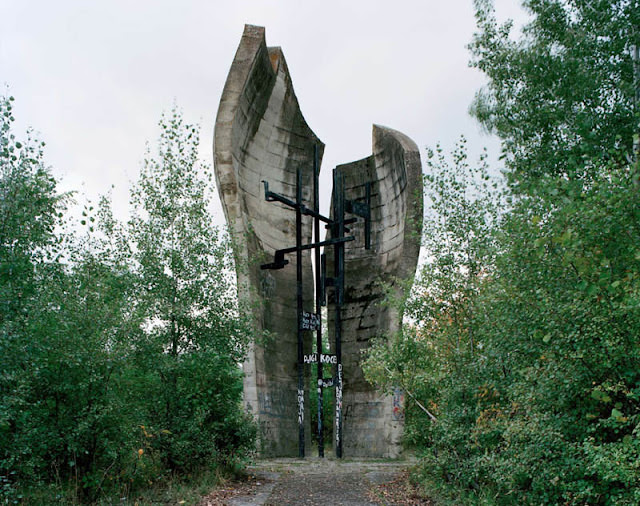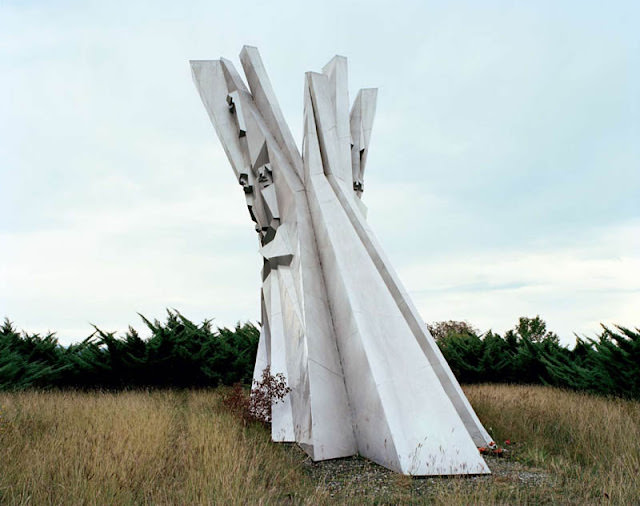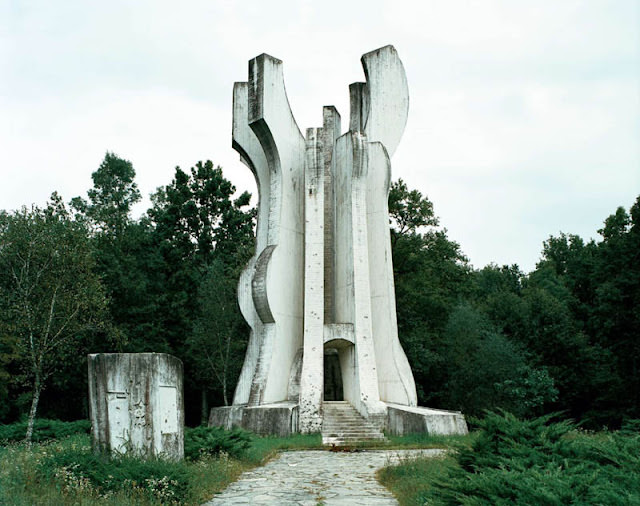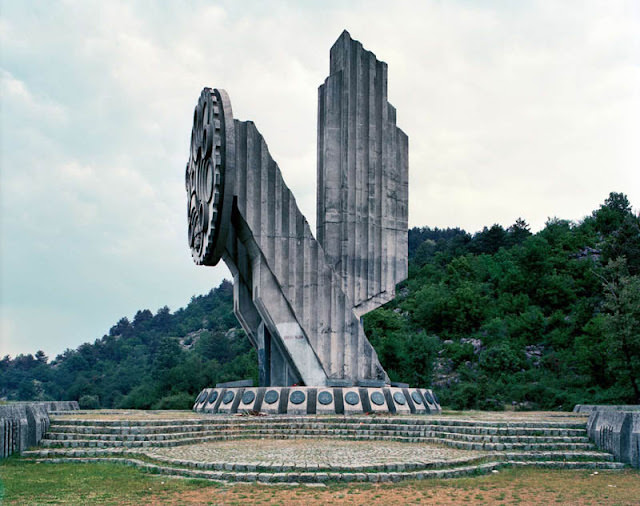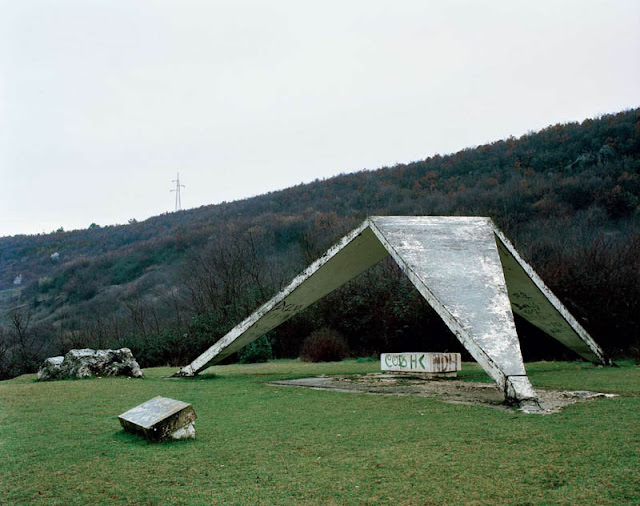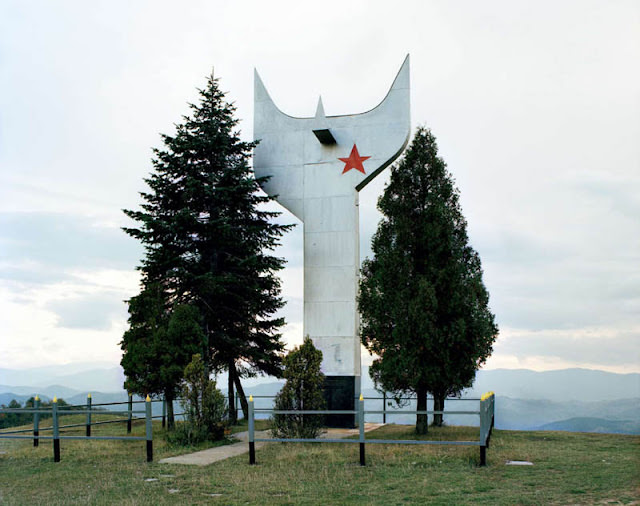In the heart of southeastern Europe, scattered across landscapes scarred by history, stand the remnants of a forgotten era. These are the monuments of the former Yugoslavia, imposing structures born from a nation’s resilience and ambition, now fading into obscurity.
The 1960s and ’70s saw the rise of these remarkable monuments, commissioned by Josip Broz Tito, the charismatic leader of Yugoslavia. They were designed to mark the sites of World War II battles and concentration camps, serving as somber reminders of the horrors endured and the hard-fought victories achieved. Each monument, a unique creation by a different sculptor or architect, was a testament to the strength and unity of the Socialist Federal Republic of Yugoslavia.
Abstract Forms, Powerful Messages
These monuments are not traditional statues or memorials. They are abstract forms, often massive and imposing, crafted from concrete, steel, and stone. Their designs are as diverse as the regions they inhabit, ranging from towering spires and twisted shapes to geometric patterns and intricate reliefs. Some resemble giant flowers or wings, while others evoke the machinery of war or the human form in anguish. These abstract forms, while sometimes puzzling, hold deep symbolic meaning. They represent the collective memory of a nation, the sacrifices made, and the unwavering spirit of its people.
Following the dissolution of Yugoslavia in the early 1990s, these monuments were largely abandoned. The new nations that emerged from the wreckage of the former federation had little interest in preserving the symbols of a shared past. As a result, many of these structures fell into disrepair, victims of neglect, vandalism, and the elements. Some were even deliberately destroyed, seen as reminders of a painful and divisive history.


